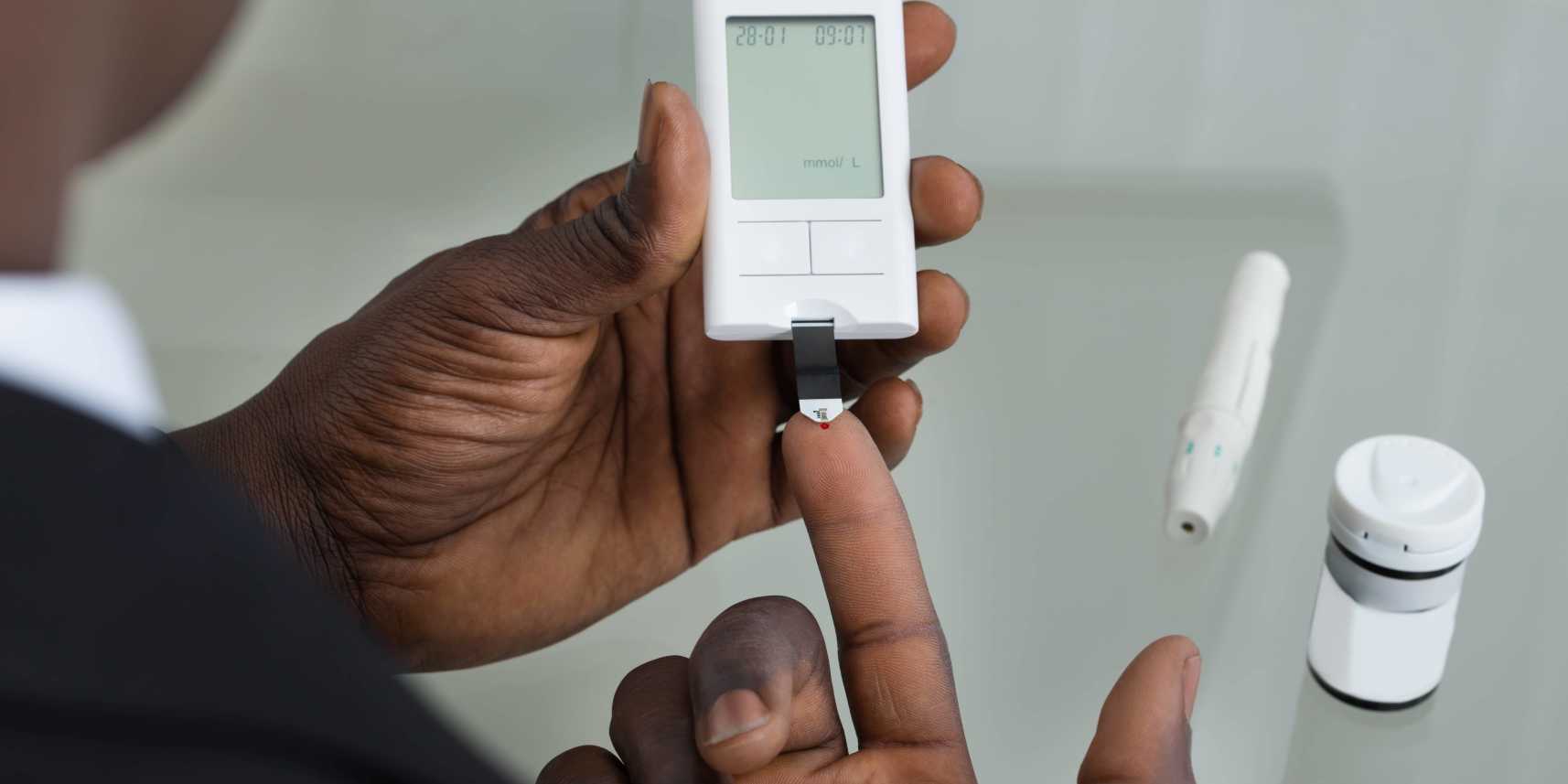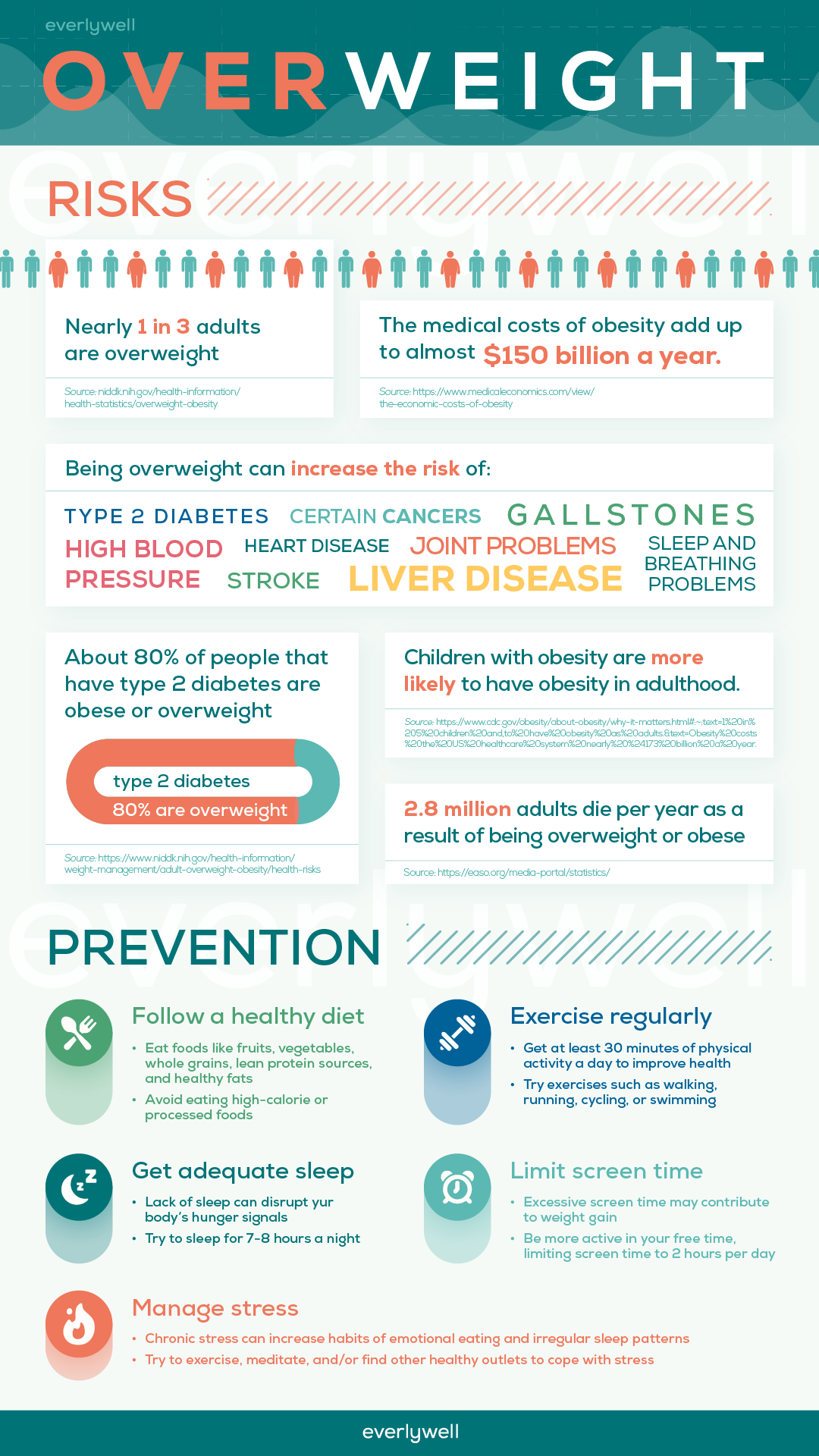
Do you need a prescription for GLP-1?
Written on November 23, 2022 by Theresa Vuskovich, DMD. To give you technically accurate, evidence-based information, content published on the Everlywell blog is reviewed by credentialed professionals with expertise in medical and bioscience fields.
Table of contents
- What are GLP-1 medications?
- What are the effects of GLP-1 medications?
- How are GLP-1 medications prescribed?
- Related content
Diabetes and obesity are alarmingly prevalent among Americans. Approximately 37 million Americans have diabetes (type 1 or type 2), with type 2 diabetes accounting for 90-95% of all cases [1]. Even more alarmingly, 96 million Americans are unaware they have diabetes, and 41.9% of Americans are obese [1,2].
As obesity and diabetes rates rise in the United States, new medications have been developed to address these health issues. New diabetic medications include glucagon-like peptide-1 receptor agonists, used to manage diabetes and assist with weight loss [3]. This class of drugs is also commonly referred to as GLP-1s.
So do you need a prescription for GLP-1? Yes, since GLP-1s are not over-the-counter (OTC) medications, you need a prescription for GLP-1 from your healthcare provider. Whether you have diabetes, obesity, or both, a team of healthcare providers must monitor your health to ensure you are taking appropriate medications [4,5,6].
Here's what you need to know about GLP-1s and how they can help you manage diabetes and lose weight.
What are GLP-1 medications?
Glucagon-like peptide-1 (GLP-1) is an intestinal hormone released after eating to stimulate insulin [7]. When you have type 2 diabetes, insulin production is insufficient or ineffective and will not allow sugar from food to reach your cells [1]. A GLP-1 receptor agonist (GLP-1RA) promotes insulin secretion, ensuring your blood sugar levels remain normal [3,7].
Although GLP-1RAs are effective diabetes medications, the American Diabetes Association (ADA) recommends trying metformin first before adding or switching to a GLP-1RA [4]. Additionally, the ADA always recommends modifying your diet and exercise regimen with medication [4]. Using GLP-1RAs for patients with type 1 diabetes is not recommended [4,5,8].
The American Association of Clinical Endocrinology (AACE) also offers guidelines to help patients and healthcare providers determine which medications best address their diabetes symptoms. As part of AACE's diabetes management recommendations, you should check your blood sugar regularly with an A1C test. An A1C test, also known as HbA1C, measures your average blood sugar levels over the past three months via the HbA1c marker [5]. With Everlywell, you can monitor your A1C levels at home with an HbA1C test.
If you have diabetes, there are multiple GLP-1RAs your healthcare provider may prescribe. The following seven GLP-1RAs are currently available [6].
Short-acting GLP-1RAs:
- Exenatide
- Lixisenatide
Long-acting GLP-1RAs:
- Liraglutide
- Exenatide X.R. (extended-release)
- Dulaglutide
- Semaglutide
- Oral Semaglutide
Six of the seven GLP-1s require an injection [6]. The FDA approved oral semaglutide as the first oral GLP-1RA in 2019, simplifying and improving the treatment of diabetes [3]. While all GLP-1RAs effectively balance sugar levels, some have additional benefits such as weight loss [3]. The longer-acting GLP-1RAs may improve your fasting blood sugar levels more than the short-acting GLP-1RAs [4,5].

What are the effects of GLP-1 medications?
After learning what GLP-1s are, let's look at how GLP-1RAs affect your body. GLP-1RAs have the following effects [6]:
- Boost insulin production in the presence of glucose
- Reduce the release of excessive glucagon
- Delay emptying of the stomach (i.e., gastric emptying)
- Enhance the feeling of satiety (i.e., feeling less hungry)
These effects lead to better blood sugar control and weight loss. However, some GLP1-RAs are more effective than others for weight loss. Semaglutide, for example, is more effective than other GLP-1RAs at reducing weight [8].
Despite their benefits, GLP-1RAs do have risks. The most common side effects of GLP-1RAs are nausea, vomiting, and diarrhea [3]. Semaglutide and short-acting agents cause the greatest gastrointestinal side effects, while exenatide X.R. causes the least [4]. Side effects are usually worse when initiating treatment [3].
Some GLP-1RAs are inappropriate if you have a family history of medullary thyroid cancer or Multiple Endocrine Neoplasia syndrome type 2 [8]. Consult your healthcare provider to determine which GLP-1RA prescription is right for you.
With your understanding of GLP-1RAs, let's explore how healthcare providers prescribe GLP-1 medications.
How are GLP-1 medications prescribed?
The current ADA and AACE diabetes treatment guidelines recommend tailoring GLP-1RA prescriptions to each individual's needs. Choosing a GLP-1RA should take into account your heart health, hypoglycemia (i.e., low blood sugar) risk, body weight, cost, risks, and patient preference, including the route of administration (i.e., by mouth or injection) [4,5,6]. The ADA and AACE also recommend eating a balanced diet of fruits and vegetables, such as the Mediterranean diet, and exercising regularly [4,5].
If you have diabetes, talk to your healthcare provider about the best treatment options and whether you need a GLP-1 prescription. This article aims to provide you with a greater understanding of GLP-1s so you can communicate more effectively with your healthcare provider and achieve better health outcomes. Managing diabetes and obesity is a challenging, long-term process, but medication adherence and guidance from a healthcare provider can make a big difference.
Learn more on the Everlywell products page about at-home lab tests you can use to track your health over time, including the HbA1c test.
Related content
Can medication be prescribed via telehealth?
You could be at risk of diabetes and not even know it
A quick guide to diabetes: what it is, symptoms, testing, and more
GLP-1 medications and exercise used together for type 2 diabetes: what to know
References
- CDC. Type 2 diabetes. Centers for Disease Control and Prevention. Published March 2, 2022. Accessed November 18, 2022. URL
- Stierman B, Afful J, Carroll M, et al. National health and nutrition examination survey 2017–March 2020 pre-pandemic data files. National Center for Health Statistics. June 14, 2021. NHSR 158. doi:10.15620/cdc:106273. URL
- Nauck MA, Quast DR, Wefers J, Meier JJ. GLP-1 receptor agonists in the treatment of type 2 diabetes - state-of-the-art. Mol Metab. 2021;46:101102. doi:10.1016/j.molmet.2020.101102. URL
- American Diabetes Association. Standards of medical care in diabetes-2022 abridged for primary care providers. Clin Diabetes. 2022;40(1):10-38. doi:10.2337/cd22-as01. URL
- Blonde L, Umpierrez GE, Reddy SS, et al. American Association of Clinical Endocrinology clinical practice guideline: developing a diabetes mellitus comprehensive care plan-2022 update. Endocr Pract. 2022;28(10):923-1049. doi:10.1016/j.eprac.2022.08.002. URL
- Trujillo JM, Nuffer W, Smith BA. GLP-1 receptor agonists: an updated review of head-to-head clinical studies. Ther Adv Endocrinol Metab. 2021;12:2042018821997320. doi:10.1177/2042018821997320. URL
- Müller TD, Finan B, Bloom SR, et al. Glucagon-like peptide 1 (GLP-1). Mol Metab. 2019;30:72-130. doi:10.1016/j.molmet.2019.09.010. URL
- Latif W, Lambrinos KJ, Rodriguez R. Compare And contrast the glucagon-like peptide-1 receptor agonists (GLP1RAs). In: StatPearls. 2022. Accessed November 18, 2022. URL